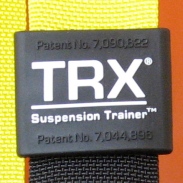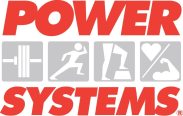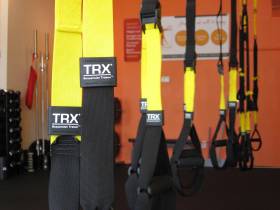WODs or Exercise Programming?
Someone asked us recently what’s the difference between Vitruvian Fitness and Crossfit. It was actually our intern who got the question and answered it in the most succinct and perfect way possible. Crossfit is a workout of the day. Vitruvian Fitness is a program. So, what’s the difference? Well, a lot actually.
I’m not going to start a Crossfit vs. the world debate. To be fair, Crossfit isn’t the only source of WODs. You see them in magazines, books and online everywhere. I’ve even done them for a TV news show. All proclaim to have some awesome expected outcome like, “do this workout for shredded abs!” Or, “for a killer butt, do this workout 3 times a week!” And maybe that’s better than sitting in front of your computer or TV. Or, maybe not.
Evaluate, Iterate, Repeat
Vitruvian Fitness programs however are a completely different animal. A WOD doesn’t take into consideration whether you can touch your toes (not unimportant) or if your shoulders lack the ability to actually move well and/or perform the stabilization they’re supposed to do (very common issue). A program starts by recognizing your strengths and your weaknesses; looks at the movements you can do and the movements you cannot do but should be able to do; compares all that with your goals and then sets a path. Then it starts where you are, gets you going in the right direction and then reevaluates your progress and adjusts as often as necessary.
Our programs begin with a comprehensive movement screen that flushes out the movements that need correction. As we begin to improve movement quality we begin to load those movement patterns. There’s no hocus-pocus here: it’s just simple movement. We squat, lunge, press, pull, jump, run, swing, carry and do other fun stuff. We’re just very methodical about how we go about it while being mindful of new issues that develop and adjusting the program for each new development or progression.
At some point during the process, the client will begin to feel better, move better, have better energy, more speed, more power, sleep better and have a healthier appetite. At least. Clients can also expect to begin excelling in their activities and sports. Some clients even become better looking and more interesting at parties.
In the end (actually, there is no end, just different objectives), it is all about the program (or the system or the process – whatever you want to call it) and not a bunch of random workouts of the day.





